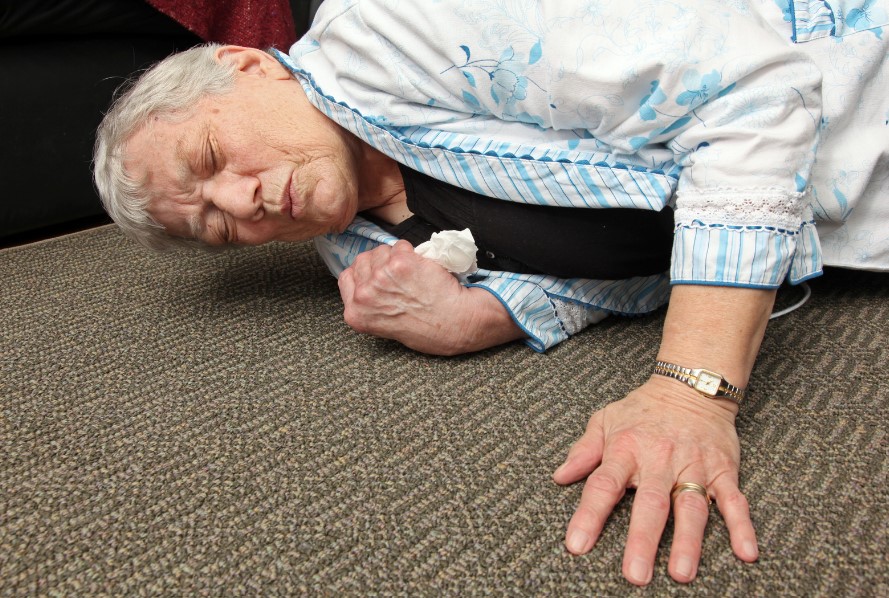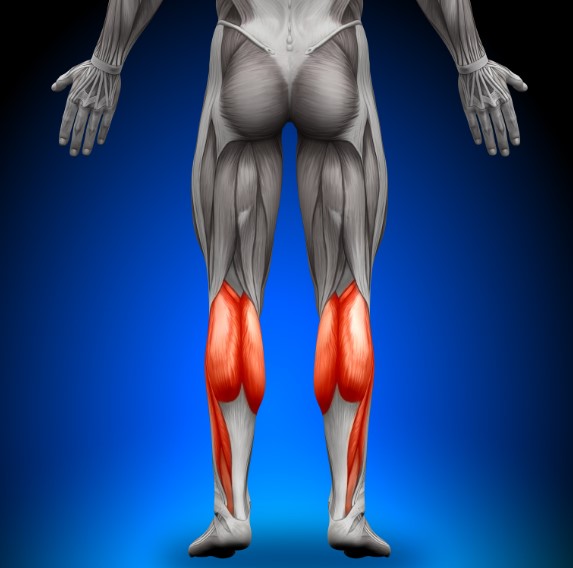As a fitness and wellness professional with over 20 years of experience, I’ve had the privilege of guiding countless individuals through the transition into and through retirement. Over time, I’ve seen that retirement is not just about ceasing work; it’s about actively optimizing this new chapter of life.
With the right approach, retirement can be an opportunity to enhance longevity, maintain quality of life, ensure financial well-being, and avoid shifting from a retirement experience to a mere existence. Unfortunately, some skip this step while relying on the misconception that good health and functional resources are on “auto-pilot”, or just accept decline as a process of aging.
Fortunately, the combination of experience and an evidence-based approach demonstrates that by following these 5-simple steps you can significantly enhance the quality of your retirement, they are:
Step 1: Optimize Nutrition for Longevity
Recent trends indicate that retirees are increasingly embracing balanced, sustainable diets that prioritize longevity. The focus is shifting away from fad diets and towards nutrient-dense meals that support healthy aging. Older adults are recognizing the importance of maintaining a healthy weight, managing chronic conditions, and boosting immunity through proper nutrition. Key nutrients such as omega-3 fatty acids, fiber, and antioxidants are essential for reducing inflammation and promoting heart and brain health.
Action Plan:
• Prioritize Whole Foods: Include a variety of fruits, vegetables, whole grains, and lean proteins in your diet.
• Limit Processed Foods: Reduce intake of added sugars and saturated fats.
• Stay Hydrated: Ensure you’re drinking plenty of water throughout the day.
• Consider A Nutritionist: There are numerous resources available in the name of “good nutrition”, many of these approaches may not be the best fit for your body as it ages. Consulting with a professional will provide you with accurate information specific to your needs and tastes.
Step 2: Engage in Regular Exercise to Maintain Independence
Physical activity remains one of the most powerful tools to maintain independence and enhance quality of life as you age. The latest fitness trends emphasize functional fitness, which focuses on exercises that mimic everyday movements, improving strength, balance, and flexibility. Wearable technology is also making it easier for retirees to track their fitness progress and stay motivated.
Action Plan:
• Incorporate Functional Fitness: Focus on exercises that improve your ability to perform daily activities, such as squats, lunges, and balance exercises.
• Stay Active Daily: Aim for at least 150 minutes of moderate aerobic activity, such as walking or swimming, each week.
• Use Technology: Consider using fitness trackers to monitor your progress and stay motivated.
Step 3: Cultivate a Balanced Lifestyle to Reduce Stress
Stress management is crucial for retirees, as chronic stress can exacerbate health issues like hypertension, diabetes, and heart disease. Lifestyle trends among retirees now include practices that promote mental and emotional well-being, such as meditation, yoga, and lifelong learning. These activities not only reduce stress but also contribute to overall life satisfaction and cognitive health.
Action Plan:
• Practice Mindfulness: Incorporate daily practices such as meditation or deep breathing exercises to manage stress.
• Stay Connected: Maintain social connections through community groups, clubs, or volunteer work.
• Pursue Lifelong Learning: Engage in educational activities or hobbies that stimulate your mind and keep you mentally sharp.
Step 4: Ensure Financial Health for a Secure Future
Financial stability is a cornerstone of a fulfilling retirement. Unfortunately, many retirees face challenges in managing their finances, with a significant portion underprepared for the financial demands of retirement. Recent statistics show that women, in particular, are more likely to face financial insecurity in retirement, with lower retirement savings compared to men.
Action Plan:
• Create a Budget: Develop a comprehensive budget that covers essential expenses, healthcare, and leisure activities.
• Maximize Retirement Benefits: Ensure you’re taking full advantage of Social Security benefits, pensions, and any other retirement income sources.
• Consider Professional Advice: Work with a financial planner to optimize your investment strategy and retirement income to avoid running out of funds.
Step 5: Develop and Follow a Structured Retirement Plan
Having a structured retirement plan is essential for making the most of your retirement years. Despite this, a significant number of retirees lack a formal plan, which can lead to uncertainty and financial stress. A well-thought-out plan should cover not just finances but also health, lifestyle, and personal goals.
Action Plan:
• Set Clear Goals: Define what you want to achieve in retirement, whether it’s traveling, pursuing hobbies, or volunteering.
• Create a Comprehensive Plan: Include financial, health, and lifestyle components in your plan.
• Review Regularly: Revisit and adjust your plan regularly to ensure it remains aligned with your goals and life changes.
By following these five steps, retirees can optimize their retirement, transforming it from a period of winding down to one of growth, learning, and fulfillment. Retirement is not just an end, but a new beginning—one that you have the power to shape, nurture, and thrive well into advanced age!
Once locked in, don’t look back! These 5 steps do not have an expiration date or finish line, for these resources to serve you, your commitment, dedication, and consistency are required for the long haul.
Joe Carson B.S. NASM-CPT/FAS/CN
Master Trainer/Functional Aging Specialist/Certified Nutritionist
Age-Well Arizona





